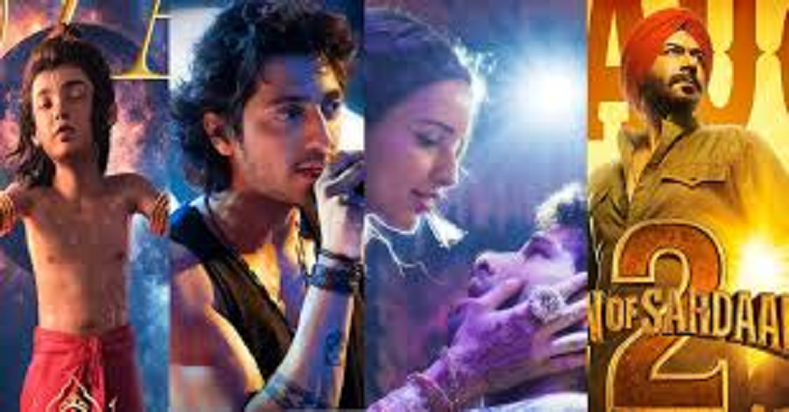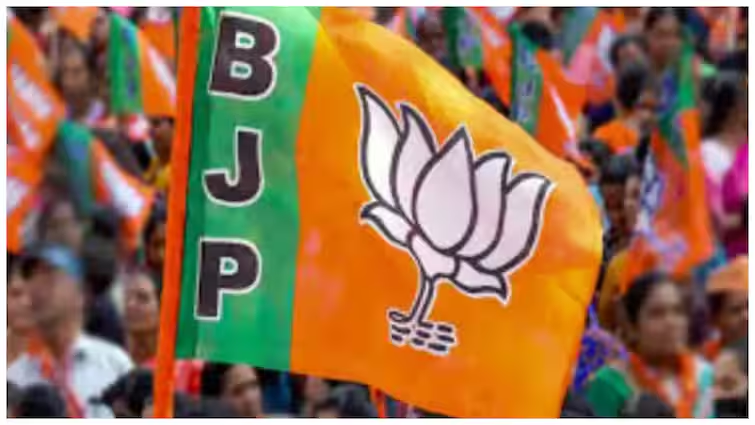Why 'Jai Santoshi Maa' Deserves a Re-Release — And Why Its Absence Feels Like a Lost Opportunity
- byPranay Jain
- 23 May, 2025

In 1975, when Indian cinema was dominated by mega-budget films like Sholay, Deewar, and Sanyasi, a quiet revolution arrived on the big screen — a devotional film made on a shoestring budget of just ₹30 lakh: Jai Santoshi Maa. Against all odds, it not only earned more than ₹5 crore at the box office but also became a cultural phenomenon, creating history with its mass appeal, especially among women. Today, when re-releases are in trend, from Kaho Naa Pyaar Hai to Deewar, the lack of attention to this landmark film raises serious questions about the priorities and memory of the Hindi film industry.
A Film That Challenged Giants
Despite being released the same year as Sholay, one of Indian cinema’s biggest blockbusters, Jai Santoshi Maa held its ground and competed toe-to-toe in terms of footfall and emotional resonance. It became India’s first true pan-India devotional film, attracting audiences across states, languages, and demographics — especially women and rural audiences who had long felt excluded from the glamorous mainstream offerings.
Why the Film Still Matters
- Historical and Cultural Importance: The film wasn't just about devotion; it captured a moment in Indian history when faith, cinema, and social behavior intersected. Just weeks after its release, the country went into a national Emergency, and yet the film continued to draw crowds.
- Religious Renaissance: The film introduced Santoshi Mata to mass consciousness. Before 1975, she wasn’t widely worshipped — but post-release, temples came up, Friday fasts became popular, and her mythology entered Indian households, a feat almost unheard of for a film character.
- Gender Impact: It defied the trend of male-dominated audiences. Women flocked to theatres in large numbers, many entering without footwear, as they would a temple. It was spiritual cinema with real-world influence.
- Box Office Impact: From jam-packed theatres to money thrown on screens in celebration, it wasn’t just a film — it was a movement. It also significantly boosted theatre economics, especially in single-screen halls.
Why It Hasn’t Been Re-Released
Unlike other classics which have recently been re-released as events — driven either by film festivals, anniversaries, or star birthdays — Jai Santoshi Maa has no strong commercial lobby or living superstar attached to push its case. The producer, Satram Rohra, is no longer alive, and no major studio controls its legacy. Yet, this lack of backing shouldn’t prevent a film of such massive legacy from being restored and reintroduced to a new generation.
The Industry’s Role — And Responsibility
There are numerous industry-backed organizations and film preservation societies. If these bodies truly value cinematic heritage, they should step forward. Today’s younger audiences, who are largely unaware of the devotional cinema that shaped viewing habits in the '70s and '80s, deserve a chance to experience what Jai Santoshi Maa represented — faith, devotion, mass appeal, and grassroots success.
A Missed Opportunity
While the trend of re-releasing films continues — with Zanjeer, Deewar, Kaho Naa Pyaar Hai enjoying nostalgic second innings — the omission of Jai Santoshi Maa is not just unfortunate, it's a blind spot in how we preserve film history. It wasn’t merely a film; it sparked a cultural wave. To overlook it is to ignore the power of cinema that doesn’t come from stars or spectacle, but from spiritual connection and community devotion.






